Thyme Care 101: How To Keep Your Herb Garden Flourishing
Welcome to the enchanting world of thyme, a herb cherished for its versatility and captivating aroma. In the realm of culinary arts and garden aesthetics, thyme stands out as an indispensable element. With its origins tracing back to the Mediterranean, this herb is celebrated for its resilience and distinctive flavor profile, making it an essential component in a myriad of dishes. Cultivating thyme is not just about adding a herb to your garden. It’s about embracing a piece of history and tradition. As we delve into the nuances of growing this herb, you’ll discover the joys and rewards of nurturing […]

Welcome to the enchanting world of thyme, a herb cherished for its versatility and captivating aroma. In the realm of culinary arts and garden aesthetics, thyme stands out as an indispensable element. With its origins tracing back to the Mediterranean, this herb is celebrated for its resilience and distinctive flavor profile, making it an essential component in a myriad of dishes. Cultivating thyme is not just about adding a herb to your garden. It’s about embracing a piece of history and tradition. As we delve into the nuances of growing this herb, you’ll discover the joys and rewards of nurturing this beloved plant. Whether you’re a seasoned gardener or a novice in the world of herbs, thyme offers a fulfilling experience, infusing your garden and kitchen with its unique charm.
Welcome to the enchanting world of thyme

How To Grow Thyme
Thyme, a member of the Thymus genus, is a versatile and aromatic perennial plant with a rich variety of species, from creeping ground covers to bushy shrubs. Its growth habits are diverse, making an understanding of its specific needs crucial for thriving growth. Historically, thyme has been integral in both culinary and medicinal realms for centuries, used in ancient Egyptian embalming rituals and by Greeks as temple incense. Today, it remains a cherished herb globally, celebrated for its distinctive flavor and its ability to add depth to various cuisines.
Thyme comes in a delightful array of types

Choosing the right variety
Choosing the right variety of thyme is crucial and should align with your specific climate and culinary needs. Common thyme, or Thymus vulgaris, is widely favored for its adaptability and classic flavor, making it a perfect all-rounder for cooking. For those looking for something unique, lemon thyme offers a citrusy twist, ideal for infusing a fresh, zesty flavor in dishes. Consider the specific characteristics of each variety, such as growth habits and hardiness, to ensure that the thyme you select will thrive in your garden and meet your cooking preferences.
Select a variety that suits your climate and culinary preferences

Soil preparation
When it comes to soil preparation, this herb requires well-draining soil with a neutral to slightly alkaline pH level. To create the ideal growing environment, enrich your garden soil with compost. This not only improves drainage but also increases the nutrient content, providing a robust foundation for your thyme plants. Proper soil preparation is a critical step in ensuring the health and vigor of your thyme, setting the stage for a successful and bountiful herb garden.
Amend your garden soil with compost
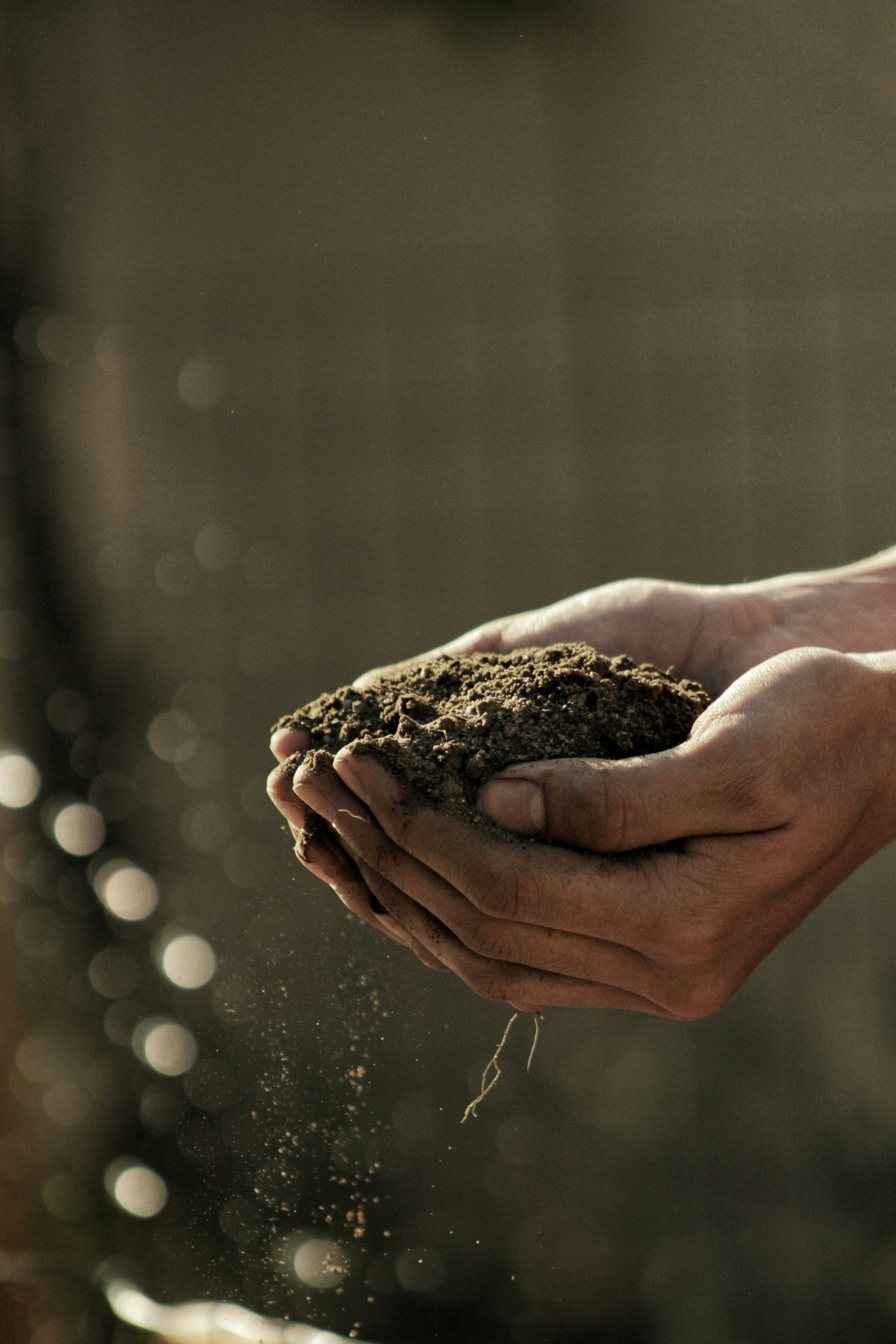
Planting
Planting thyme should ideally be done in early spring, following the last frost, to give the plants a good start. Space them about 9 to 12 inches apart, allowing ample room for growth. It’s essential to plant them at the same depth as they were in their nursery containers, as burying the stems too deep can hinder their growth. Initially, regular watering is important to help the plants establish themselves. However, once established, this herb prefers a drier environment. Water the plants only when the soil feels dry to the touch, as over-watering can be detrimental to their health. This careful balance of planting and initial care sets your thyme plants on a path to robust growth and abundant yields.
Space the plants about 9 to 12 inches apart to allow room for growth
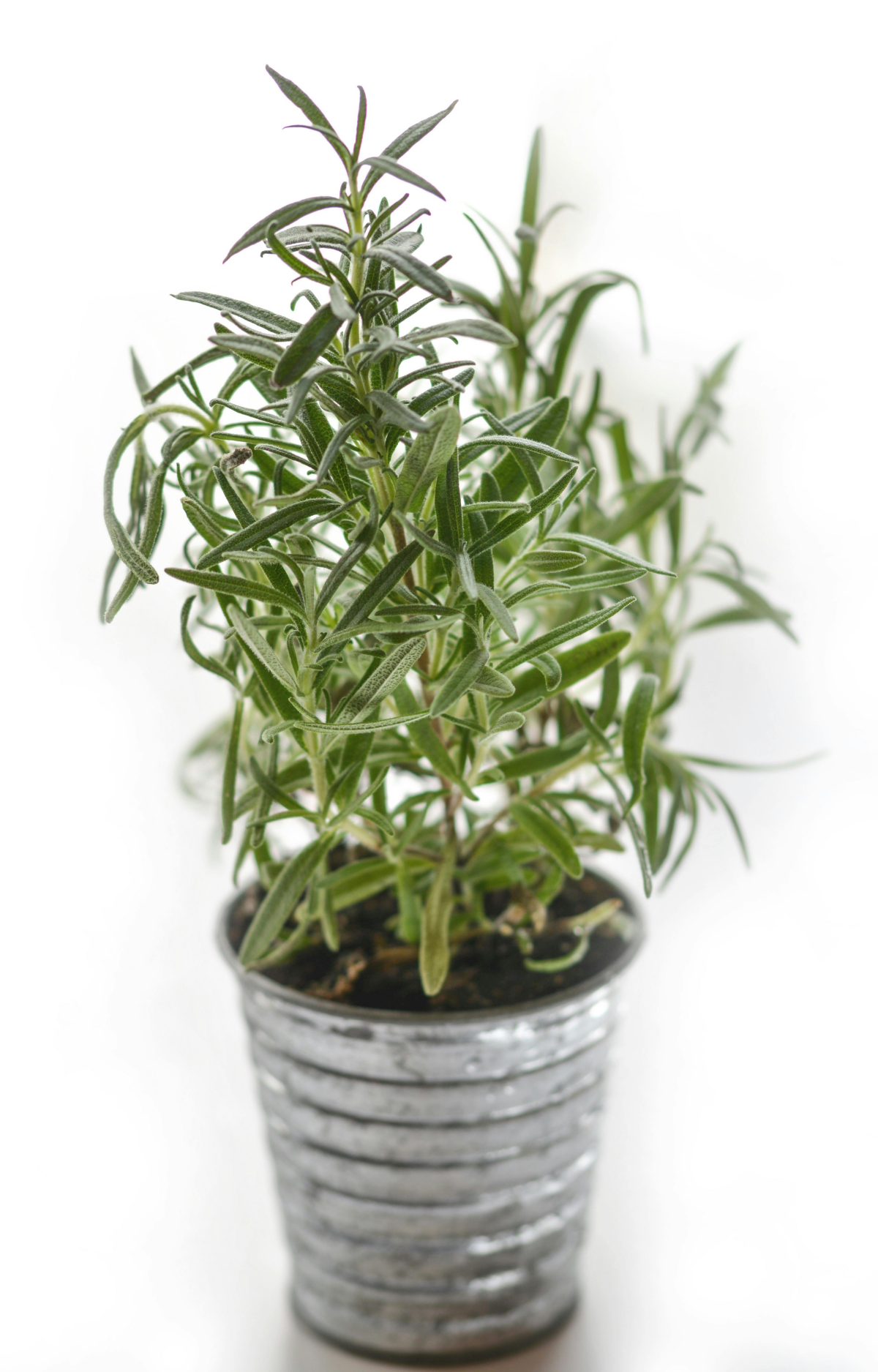
Watering
Watering thyme appropriately is crucial given its drought-tolerant nature. This hardy herb doesn’t demand frequent watering, thriving best when the soil is allowed to dry out between watering sessions. Over-watering is a common misstep that can lead to root rot, a condition detrimental to this herb. It’s important to monitor the moisture level of the soil regularly, ensuring it has adequately dried before re-watering. This approach not only conserves water but also mimics the natural dry conditions thyme is accustomed to, promoting healthier growth and reducing the risk of fungal diseases.
Thyme is drought-tolerant and doesn’t require frequent watering

Feeding
Feeding thyme is a straightforward task. While this herb isn’t a heavy feeder, a light application of organic fertilizer in early spring can give your plants a boost, particularly for younger or newly planted thyme. However, for established thyme plants, additional feeding is often unnecessary. They typically thrive in less fertile conditions, and excessive feeding can lead to lush foliage with diminished flavor. Therefore, a minimalistic approach to fertilizing not only eases garden maintenance but also helps in preserving the robust flavor of thyme.
A light application of organic fertilizer in the spring can encourage growth
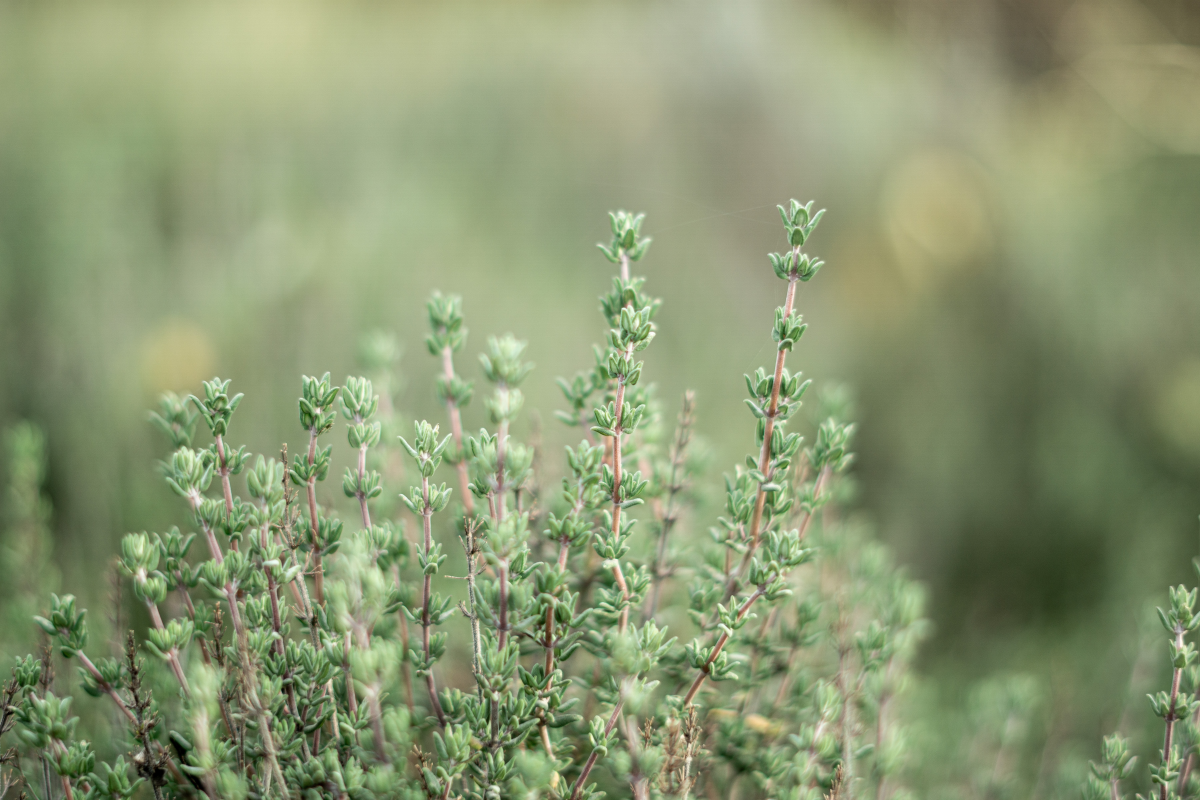
Pruning
Pruning is an essential aspect of thyme care. Regular pruning not only maintains the plant’s aesthetic shape but also stimulates new growth. This ensures that the plant remains vigorous and productive. It’s best to prune thyme in the late spring or early summer, after the first flush of growth. This practice prevents the plant from becoming woody and leggy, promoting a bushier and healthier appearance. Additionally, pruning encourages better air circulation within the plant, reducing the risk of fungal infections and ensuring a healthier herb garden.
Regular pruning encourages new growth

Harvesting
Harvesting thyme at the right time is key to capturing its best flavor. The ideal time to harvest is just before the plant flowers, typically in late spring to early summer. At this stage, the leaves are at their most flavorful. When harvesting, cut back no more than a third of the plant’s growth. This method ensures that the plant remains healthy and can continue to produce foliage throughout the growing season. Regular harvesting not only provides a continuous supply of fresh thyme for your kitchen but also encourages the plant to produce new, flavorful leaves.
Harvest thyme just before the plant flowers for the best flavor

Pest control
Thyme is known for its pest-resistant qualities, but it’s not completely immune to garden pests. The most common culprits are aphids and spider mites, which can be attracted to the plant’s aromatic leaves. Aphids are small sap-sucking pests. They can cause leaf curling and stunted growth. While spider mites are tiny spider-like pests. They often result in yellowing or speckled leaves. To combat these pests, a gentle approach is often best. A strong spray of water can dislodge many of these pests, and for more persistent infestations, insecticidal soap can be an effective treatment. It’s important to apply these treatments in the early morning or late evening to avoid harming beneficial insects and to reduce leaf burn during hot days. Regular monitoring of your thyme plants for signs of pests will help in early detection and management, ensuring the health and vigor of your herb garden.
Watch out for aphids and spider mites
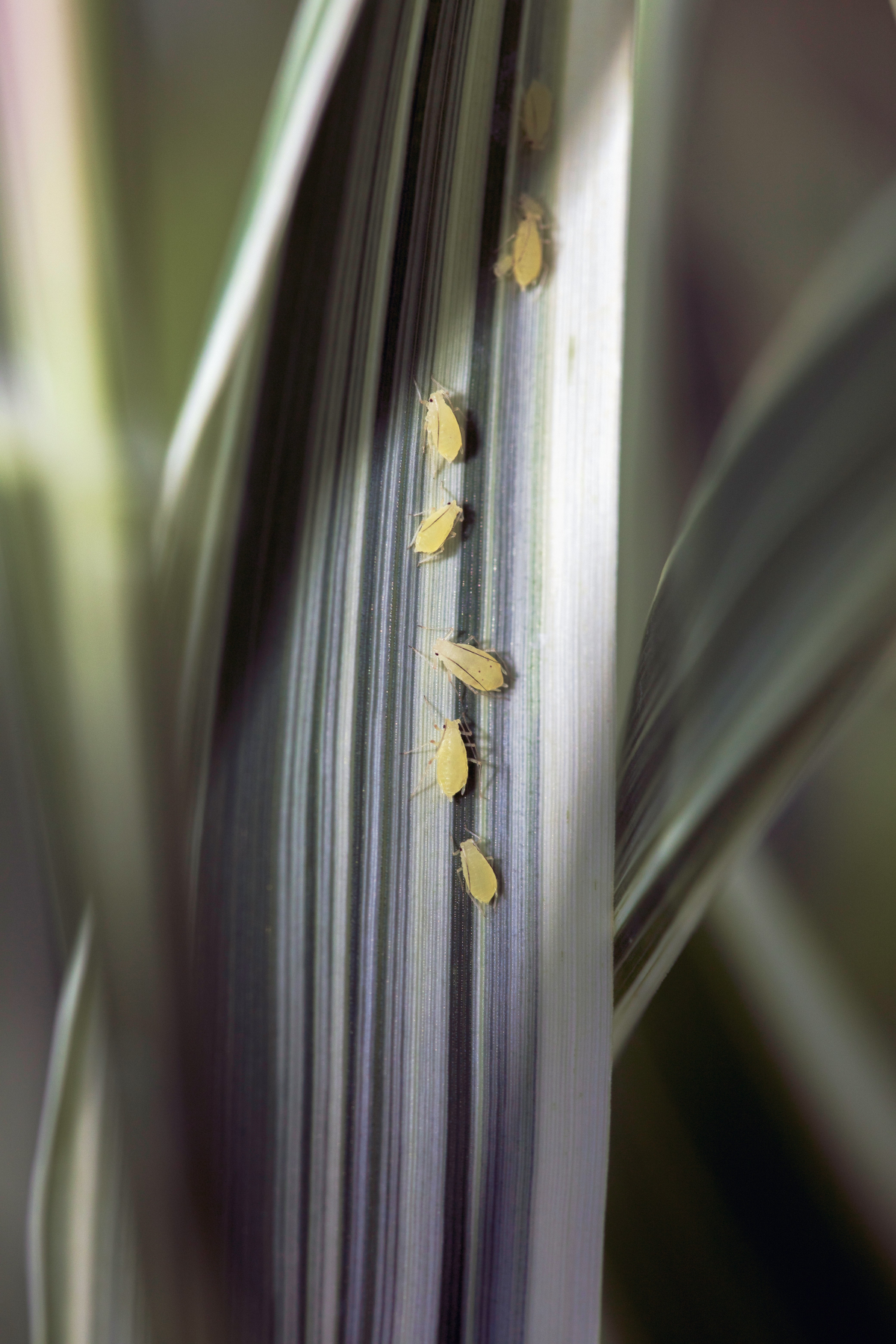
Disease prevention and treatment
This herb can fall prey to certain diseases, particularly when grown in conditions that don’t align with its needs. Root rot and fungal diseases are the most common issues, often arising in overly moist and poorly drained soil conditions. Preventative measures are key in managing these diseases. Ensuring proper soil drainage is crucial, and this can be achieved by incorporating organic matter like compost into the soil and avoiding planting in low-lying, water-logged areas. Adequate spacing between plants is also important as it promotes good air circulation, reducing the humidity around the plants and thereby lessening the risk of fungal diseases. Regularly inspecting your thyme plants for signs of disease and promptly removing any affected parts will help keep these issues at bay, maintaining the health and productivity of your herb garden.
Ensure proper drainage and space plants adequately
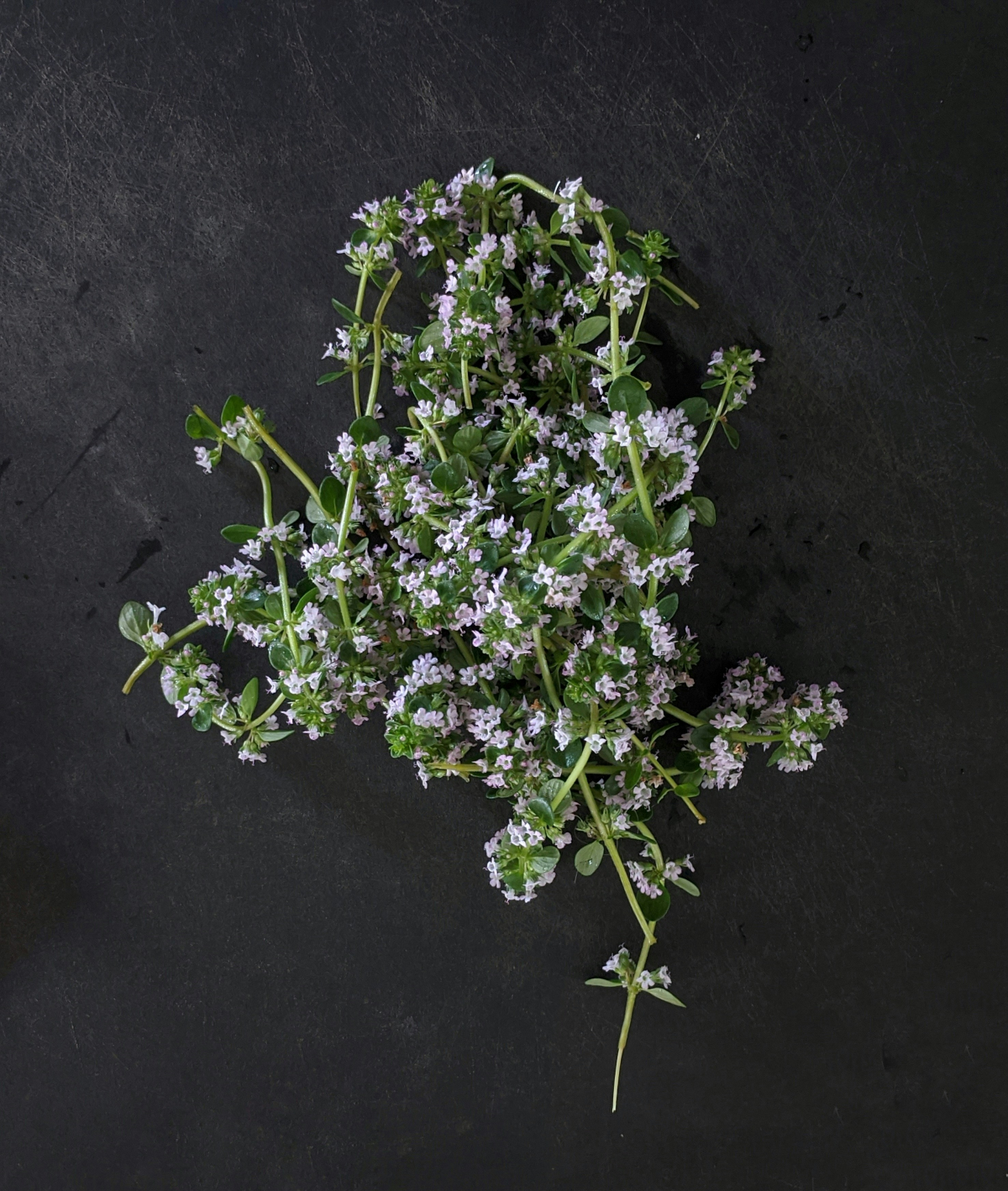
Companion planting
Companion planting is a strategic approach that can enhance the overall health and productivity of your garden. Thyme, with its strong aroma and pest-repellent properties, is an excellent companion for various plants. When planted alongside strawberries, it can help in deterring pests that commonly affect these fruits. Its aromatic leaves are also beneficial when grown near cabbage, as they can help repel common cabbage pests. Tomatoes, another popular garden plant, can also benefit from being planted near thyme. The herb can deter garden pests that are attracted to tomatoes, and some gardeners believe that this herb can even enhance the flavor of the tomatoes. Besides its pest-repellent qualities, thyme also attracts beneficial insects to the garden, contributing to a healthy and balanced ecosystem. By carefully selecting companion plants, you can create a more productive and harmonious garden environment.
Plant thyme alongside strawberries, cabbage, or tomatoes
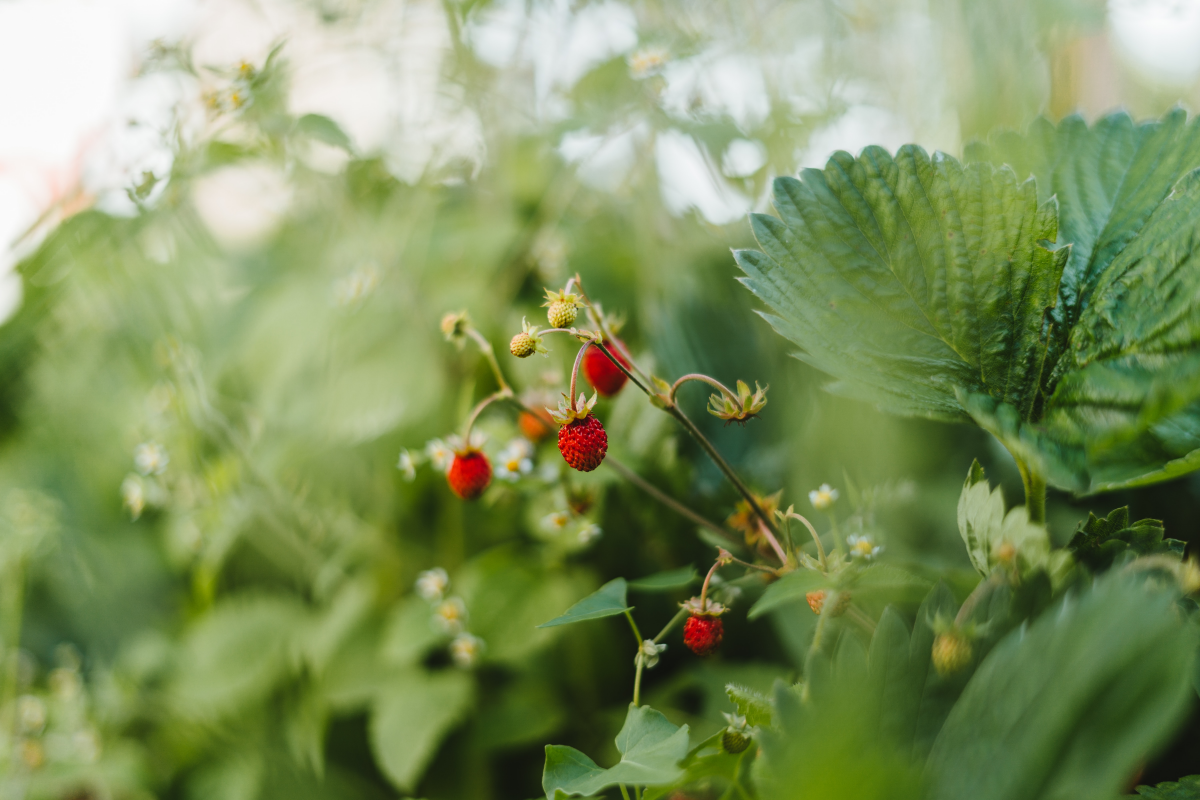
Cultivating thyme can be a rewarding experience for gardeners of all levels. By following these tips, you can ensure that your thyme plants remain healthy and productive. Remember, gardening is not just about the harvest. It’s about the journey. Embrace the process, and enjoy the unique flavors and aromas that homegrown thyme brings to your table and home.
Cultivating thyme can be a rewarding experience for gardeners of all levels

